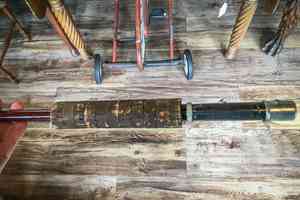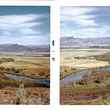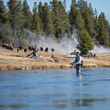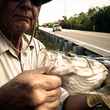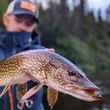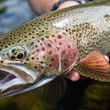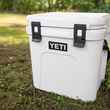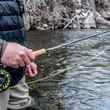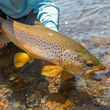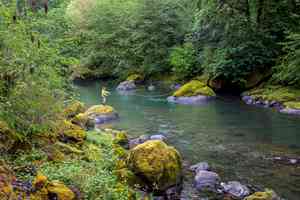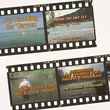Back in the spring of ’92, Tim Linehan and I spent a week bouncing around Montana and Idaho, hitting a different river every single day for six days in a row. We started on the lower Henry’s Fork and then moved on to the Madison, the Big Hole, the Yellowstone, the Bighorn and the Missouri. We couldn’t maintain that kind of pace forever, so on the seventh day we rested up in a bargain motel right off the interstate in Helena. I don’t know that a cheap bed and a hot shower ever felt so good.
Most of us who’ve been kicking around the sport for a while have a handful of epic road trips to our credit. That particular jaunt started with melting snowbanks on the river in Island Park and then moved right into the Mother’s Day caddis hatch on the Yellowstone, a bunch of native grayling on the Big Hole, and a bent trailer tongue on the Bighorn.
There’s a bit of a story with that last one. I was still learning how to maneuver a drift boat trailer at the time, and Tim, who was an old hand by that point, damn near laughed his pants wet when I jackknifed my rig below Afterbay Dam and bent the trailer tongue. We had no idea what to do next, so we took a big chance and jackknifed it again in the opposite direction. Amazingly, our maneuver worked. You could still see a little shimmy in the tongue, but it never seemed to affect the way the trailer tracked behind my truck.
One of the best things about road trips is that you can typically expect something unusual. I’ve seen some pretty wild things over the years, from dancing coyotes to massive grizzly bears to a gorgeous Native American gal – she bore a remarkable resemblance to a teenage Angelina Jolie – thumbing a ride on the outskirts of Hazelton, British Columbia. (Nope, we didn’t stop. My fishing partner and I were both married, and nothing good was going to come from inviting that young lady into the truck.)
